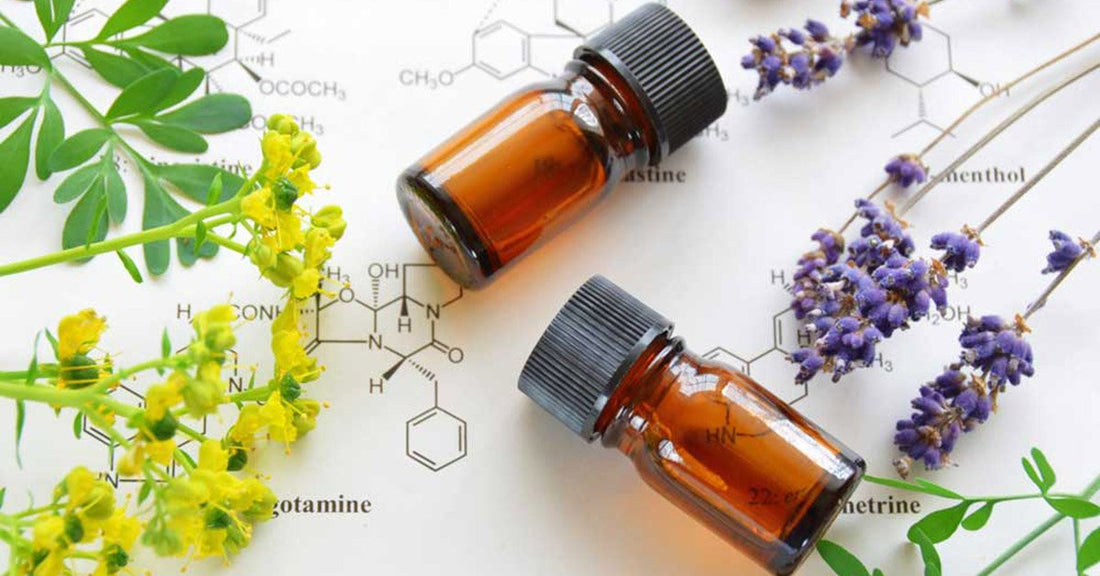Essential oils are highly volatile liquids derived from therapeutic plants, roots, flowers, herbs, trees and fruits.
- Most essential oils are obtained from plants, with the exception of emu, musk and ambergris which are animal in origin. Only plant based essential oils are recommended for aromatherapy.
- Essential oils are not actually oily and should not be confused with a fixed oil or carrier oil.
- With the exception of a few darker colored essential oils, a pure essential oil should not leave a stain on clothing or linens.
- All essential oils are of natural origin and contain the ordorific constituents of the plant.
- All essential oils are anti-bacterial, hypo-allergenic and many are anti-viral and posses fungicidal properties.
- Essential oils are only safe to take internally under the direction of a qualified practitioner.
- Essential oils when used as a whole natural oil, can achieve results that may not be achieved by the use of synthetic drugs.
This is opposed to antibiotics, which destroy both friendly and harmful bacteria alike. The natural essence is used with success on living tissue and without side effects, which may not be the case with synthetic drugs.
The body may become accustomed to synthetic drugs, which leads to a need for increased dosages as the drugs become less effective in their purpose.
Conversely essential oils maintain their potency with repeated application continuing to strengthen living tissue while eradicating germs and harmful microorganisms.


